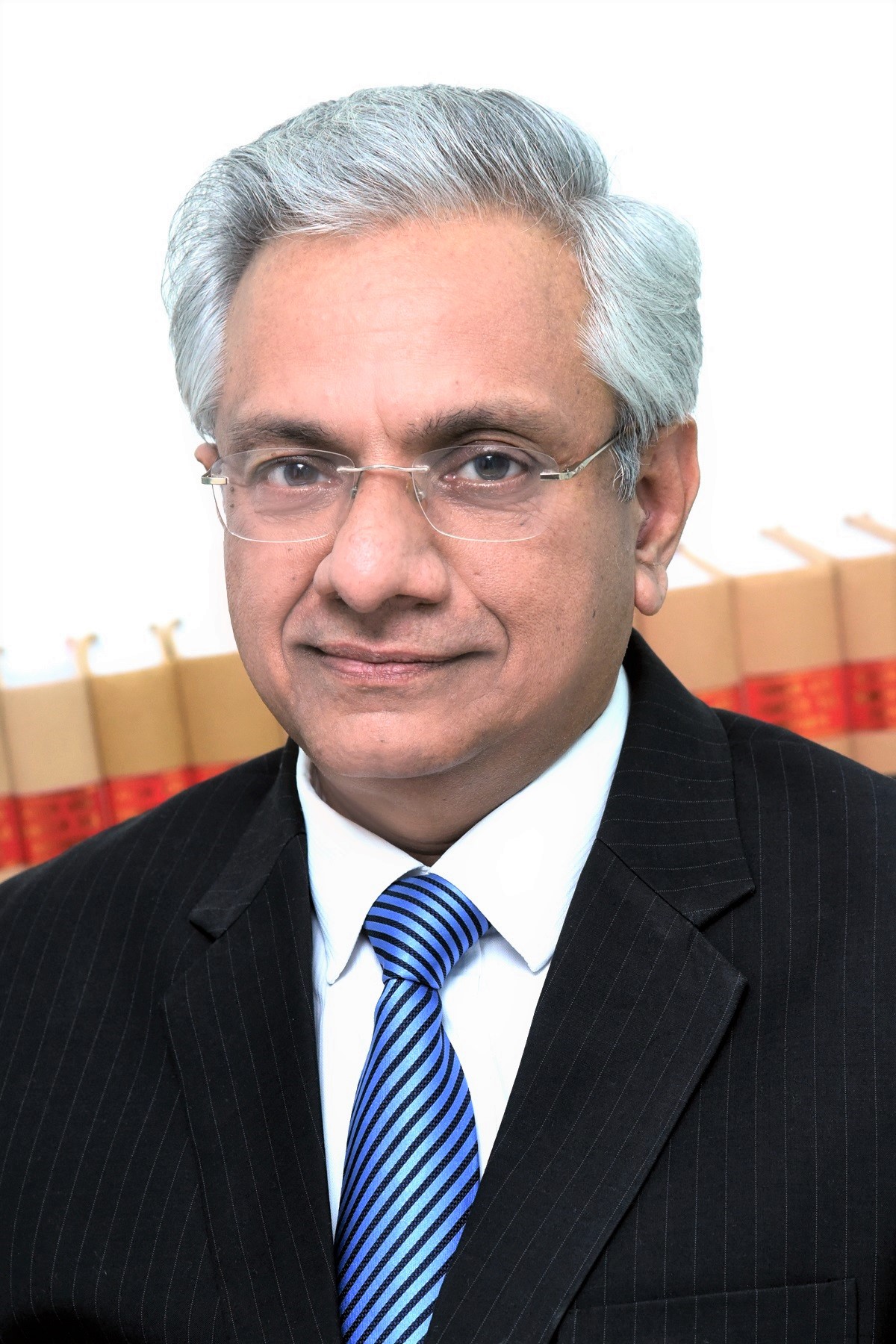| Article Section | ||||||||||||||||||||||
|
Home |
||||||||||||||||||||||
Refinement in formula for claiming refund of ITC in case of Inverted Duty Structure |
||||||||||||||||||||||
|
||||||||||||||||||||||
Refinement in formula for claiming refund of ITC in case of Inverted Duty Structure |
||||||||||||||||||||||
|
||||||||||||||||||||||
As per Section 54(3) of CGST Act, 2017 subject to the provisions of sub-section (10), a registered person may claim refund of any unutilised input tax credit at the end of any tax period: Provided that no refund of unutilised input tax credit shall be allowed in cases other than––
Further, Rule 89(5) of CGST Rules, 2017 prescribes the formula for claiming refund of ITC accumulated due to rate of tax on inputs being higher than the rate of tax on output supplies i.e. inverted duty structure. As per Rule 89(5) of CGST Rules, 2017, in the case of refund on account of inverted duty structure, refund of input tax credit shall be granted as per the following formula:- Maximum Refund Amount = {(Turnover of inverted rated supply of goods and services) x Net ITC ÷ Adjusted Total Turnover} - tax payable on such inverted rated supply of goods and services. Explanation:- For the purposes of this sub-rule, the expressions –
As per the above mentioned formula, the following challenges were being faced by the refund applicants:
To overcome the challenges being faced by the refund applicant, the Honorable Gujarat High Court in case of VKC FOOTSTEPS INDIA PVT. LTD. VERSUS UNION OF INDIA & 2 OTHER (S) [2020 (7) TMI 726 - GUJARAT HIGH COURT] held that Explanation (a) to Rule 89(5) of the CGST Rules, 2017 to be ultra vires the provisions of sub-section (3) of section 54 of the CGST Act, 2017. The Department was directed to allow the claim of the refund made by the petitioners considering the unutilised input tax credit of “input services” as part of the “net input tax credit”(Net ITC) for the purpose of calculation of the refund of the claim as per Rule 89(5) of the CGST Rules, 2017. However, the above decision has been reversed by the Honorable Supreme Court UNION OF INDIA & ORS. VERSUS VKC FOOTSTEPS INDIA PVT LTD. [2021 (9) TMI 626 - SUPREME COURT]. The Supreme Court, after going through the arguments put forth by both the Parties, held that;
Thus, the Honorable Supreme Court after reversing the Judgment pronounced by the Honorable Gujarat High Court and looking into the ambiguity in the formula for claiming refund of ITC in inverted duty structure, Honorable Supreme Court urged the GST Council to take the necessary corrective action in this regard. In this regard, the GST Council in its 47th meeting held on 29.06.2022 recommended as follows: Change in formula for calculation of refund under rule 89(5) to take into account utilization of ITC on account of inputs and input services for payment of output tax on inverted rated supplies in the same ratio in which ITC has been availed on inputs and input services during the said tax period. This would help those taxpayers who are availing ITC on input services also. To comply with the above recommendations, CBIC vide Notification No. 14/2022-Central Tax dated 05-07-2022 has made an amendment in the formula under Rule 89(5) of CGST Rules, 2017 which now reads as under: Maximum Refund Amount = {(Turnover of inverted rated supply of goods and services) x Net ITC ÷ Adjusted Total Turnover} – {tax payable on such inverted rated supply of goods and services x (Net ITC ÷ ITC availed on inputs and input services)} The above change in the formula is done to take into account such that reduction of output tax on inverted rated supplies is to be done in the same ratio in which ITC has been availed on input and input services during the relevant period. Now, this would help those taxpayers who are availing ITC on input services also which has been explained by of the following Illustration:
Now, in the above illustration, the amount of refund eligible to the applicant before the amendment in the formula is calculated as follows: (6,00,000 x 50,00,000 ÷ 1,50,00,000) – 2,50,000 = -50,000 or Nil However, the amount of refund eligible to the applicant after the amendment in the formula is calculated as follows: (6,00,000 x 50,00,000 ÷ 1,50,00,000) – (2,50,000 x 6,00,000 ÷ 10,00,000) = 50,000 Thus, the applicant is eligible for the refund of INR 50,000 as per the above illustration as the output tax on inverted duty supplies is bifurcated in the ratio of ITC on inputs to the total ITC which includes ITC on input services also. Now, after this amendment, the anomaly in the refund formula has been removed leading to resolution of unnecessary disputes among the industry claiming the refund on account of inverted duty structure. However, still the formula does not take into account the ITC on capital goods. It would have been good, had the GST Council considered the ITC on capital goods while recommending change in formula.
By: Chitresh Gupta - July 9, 2022
Discussions to this article
Chitresh Ji, First of all, Nicely explained. All the best. In the illustration before the Hon'ble Supreme Court as well as your illustration, I could not understand one point... In your case:- Total ITC is 10 Lacs; Output tax on (i) inverted output supplies is 2.5 Lacs; and on other supplies of 1 Cr (assuming tax rate is 12%) is 12 lacs ... Total output tax is 14.5 lacs against the ITC of 10 lacs... Since he would be paying tax through the cash ledger; How would this refund arise? Am I missing something? Please look into it and clarify. Thanks and Regards
In my view, our illustration should result in the accumulation of ITC; and without that accumulation, the refund cannot arise.
Thanks a lot Rakesh ji for your feedback. I totally agree with you. But the figures in the illustration are just for the purpose of explaining the concept and working of the formula. Regards
|
||||||||||||||||||||||
| |
||||||||||||||||||||||
 9911796707
9911796707


